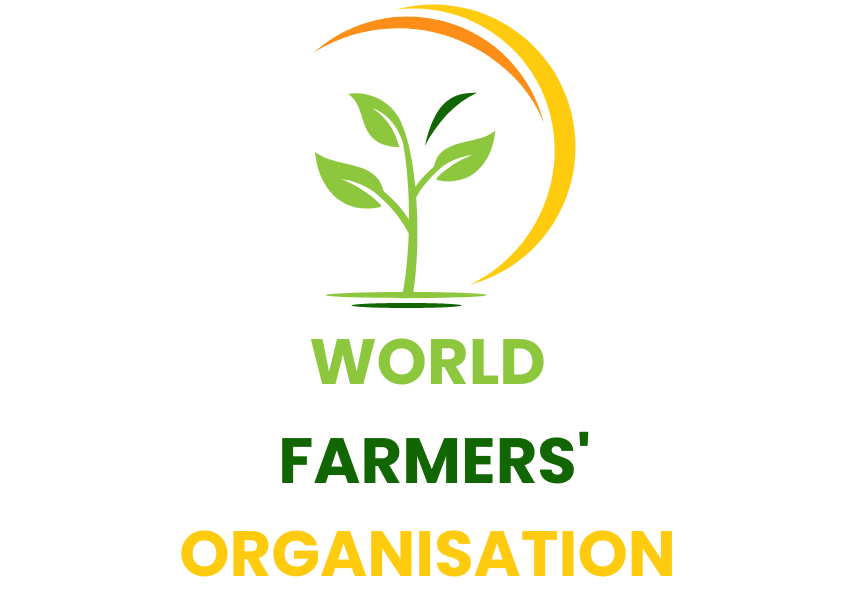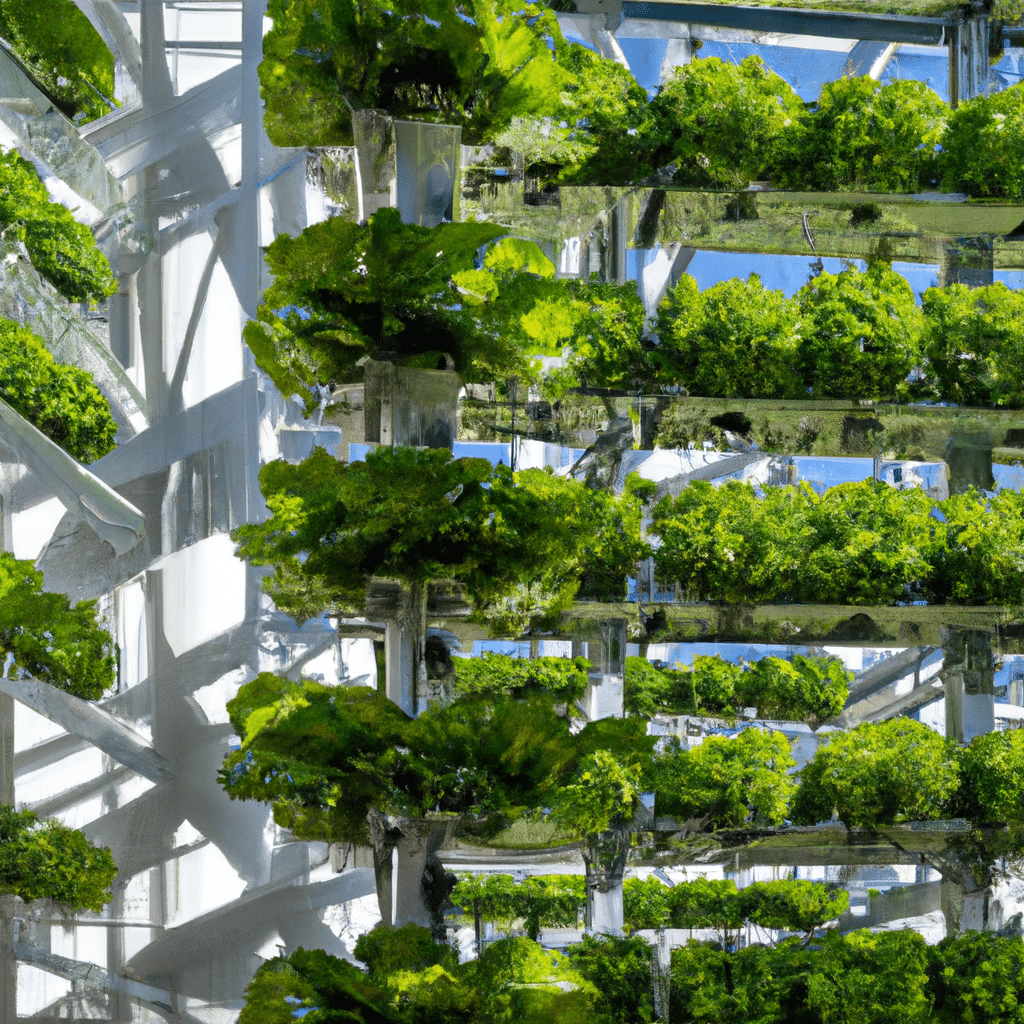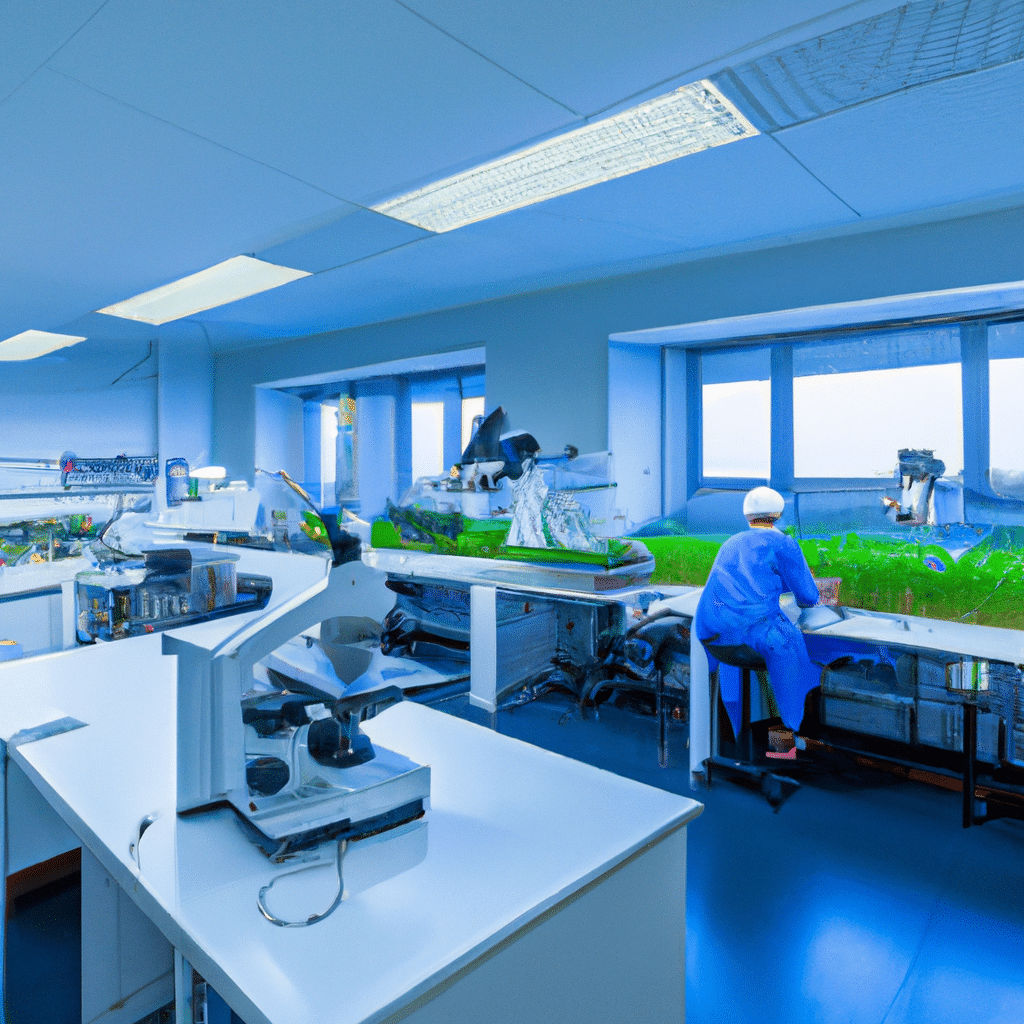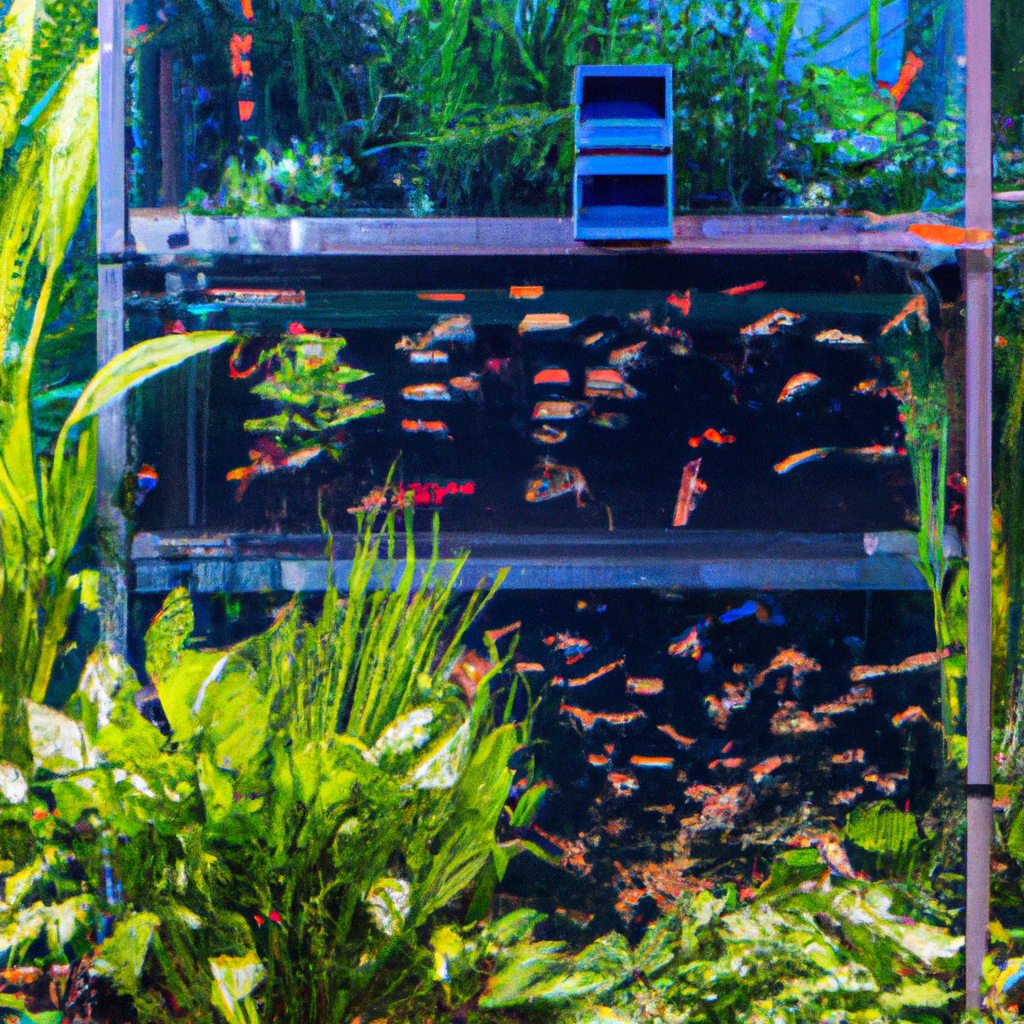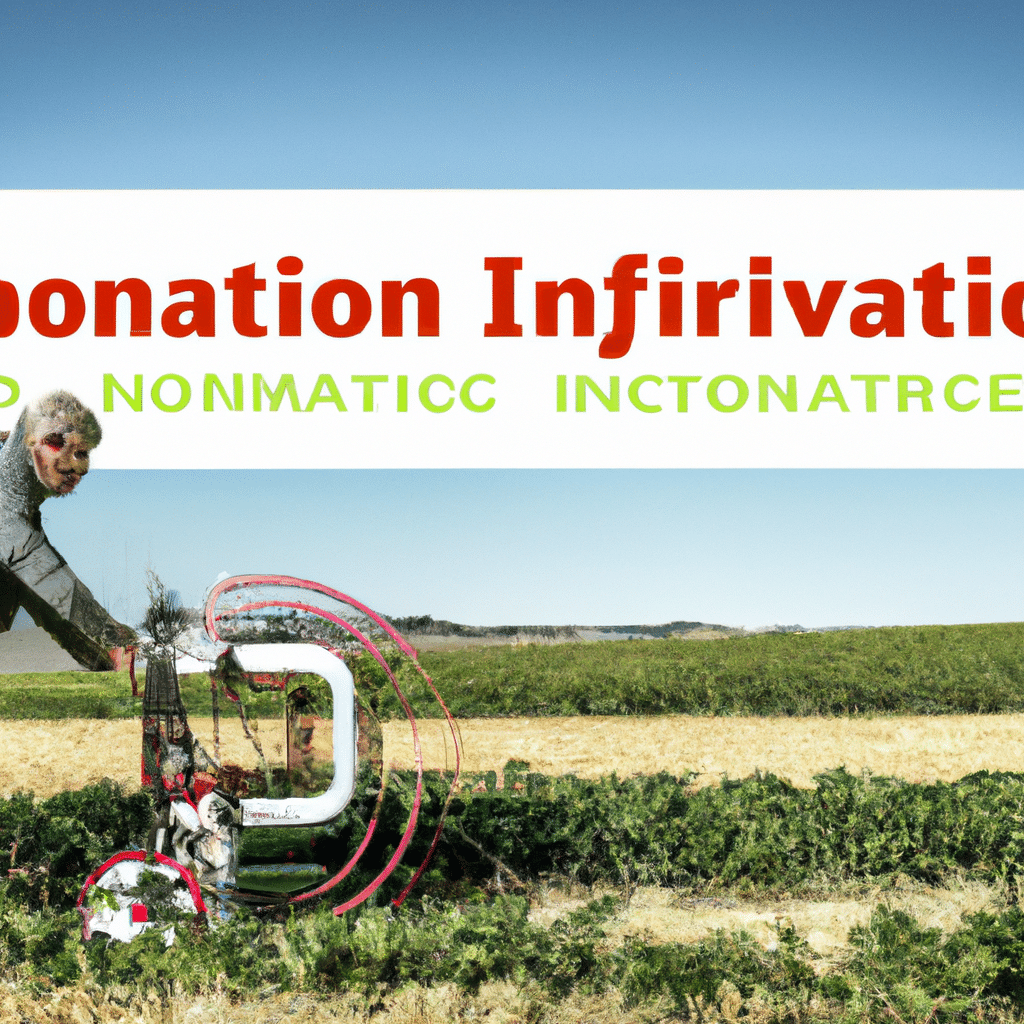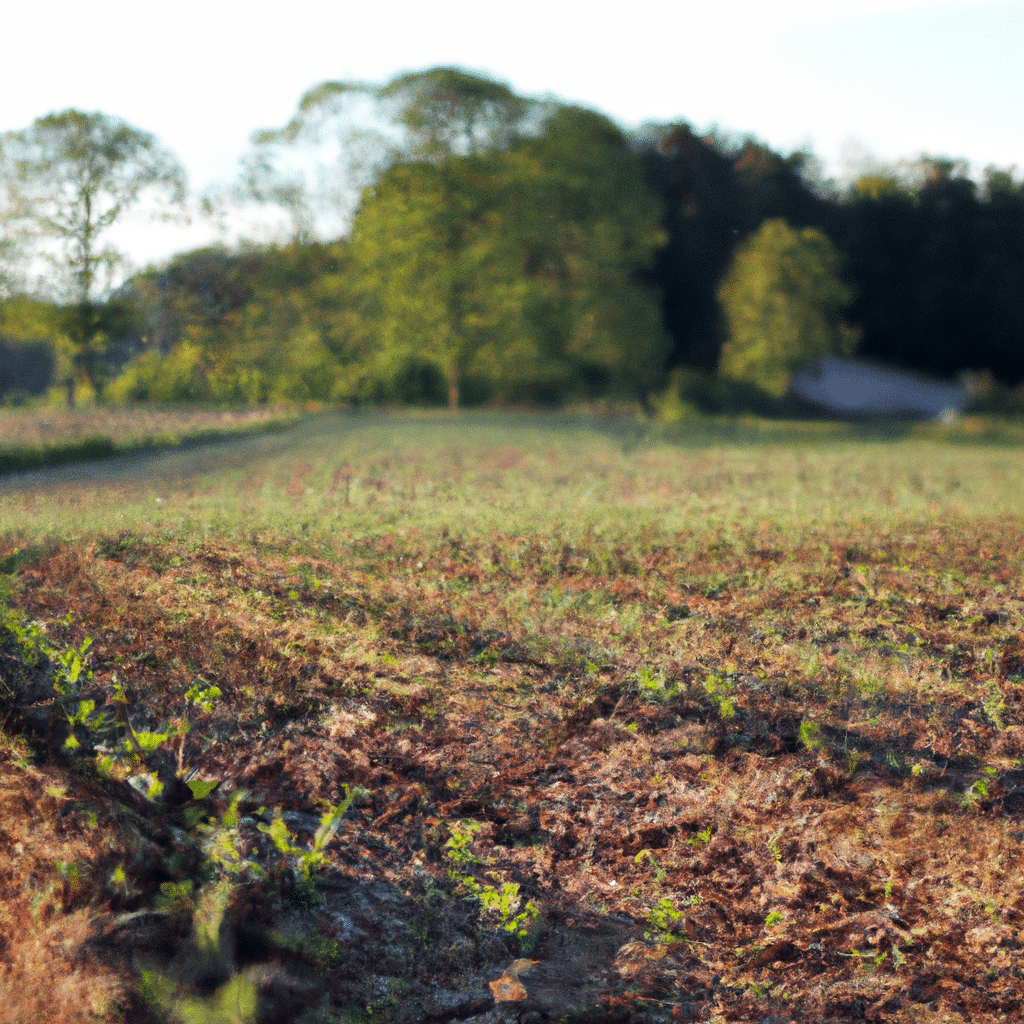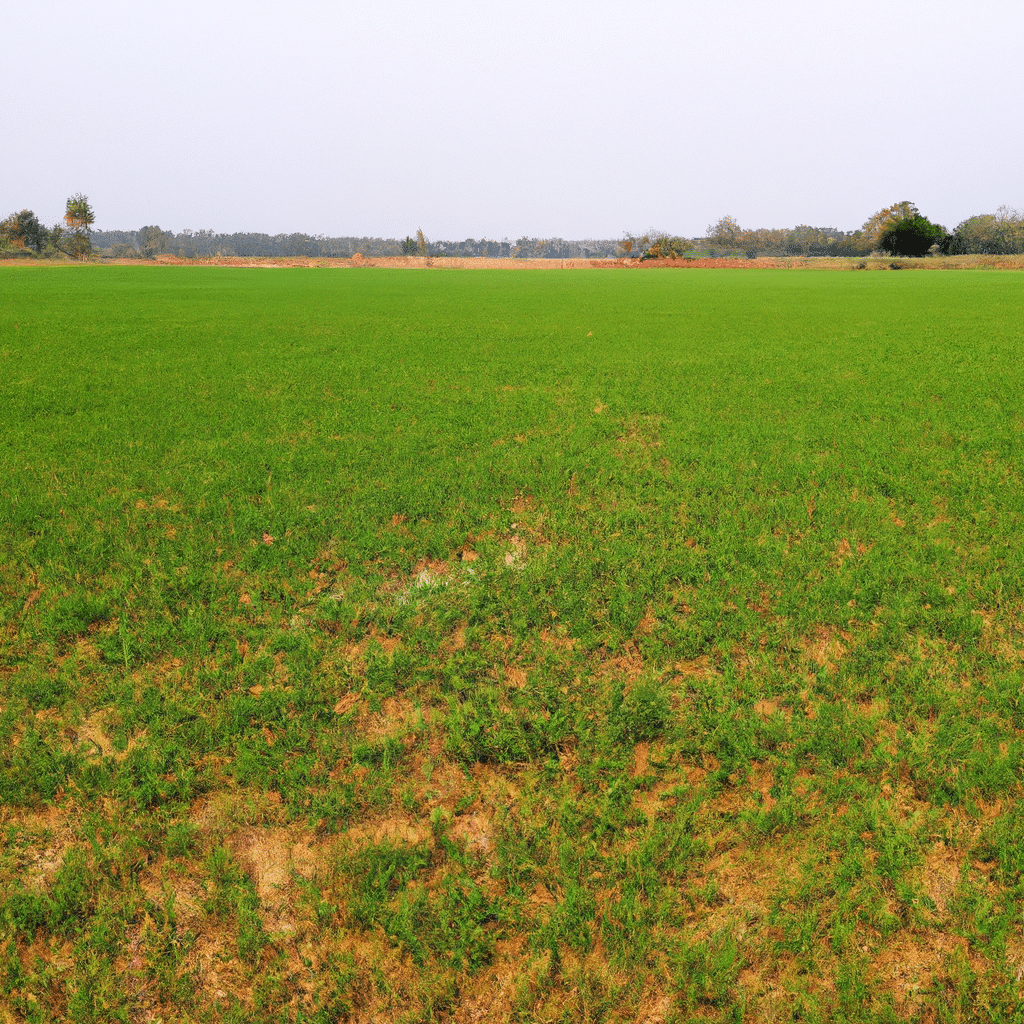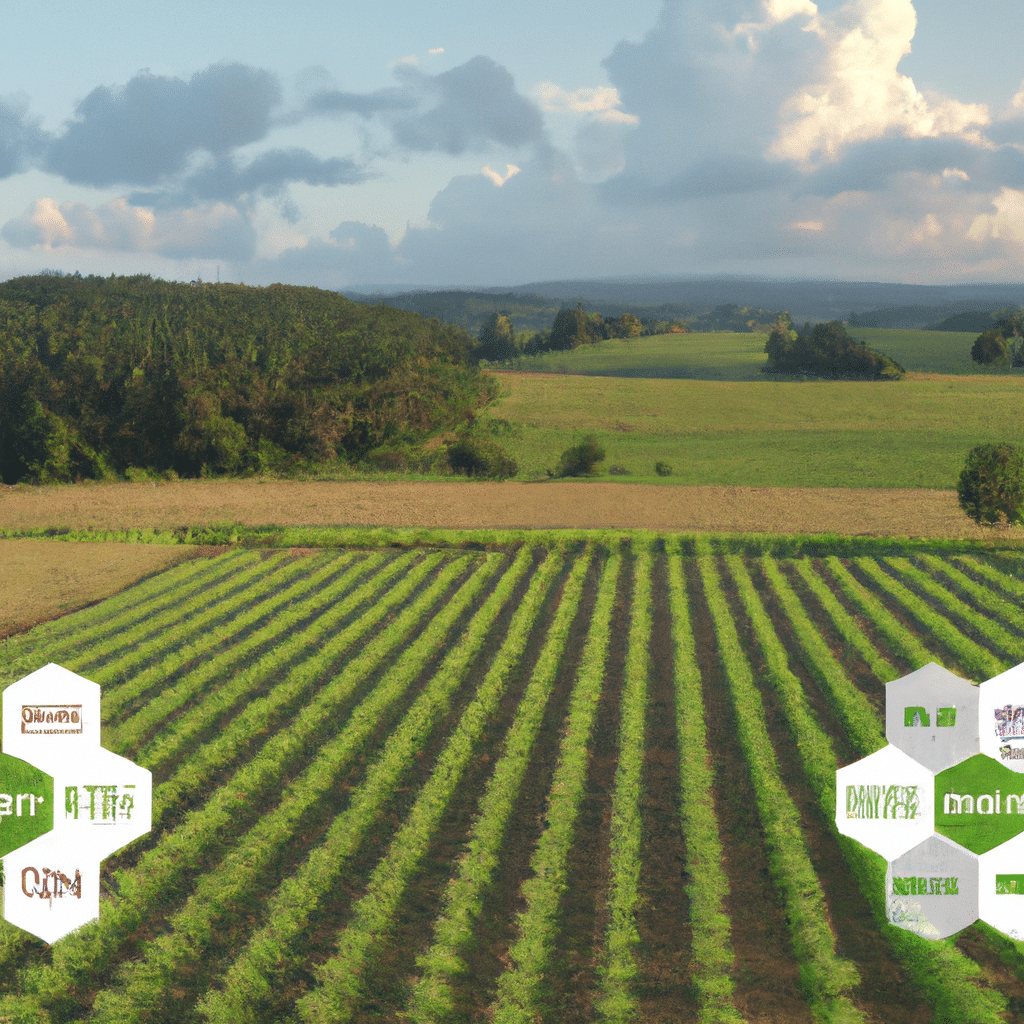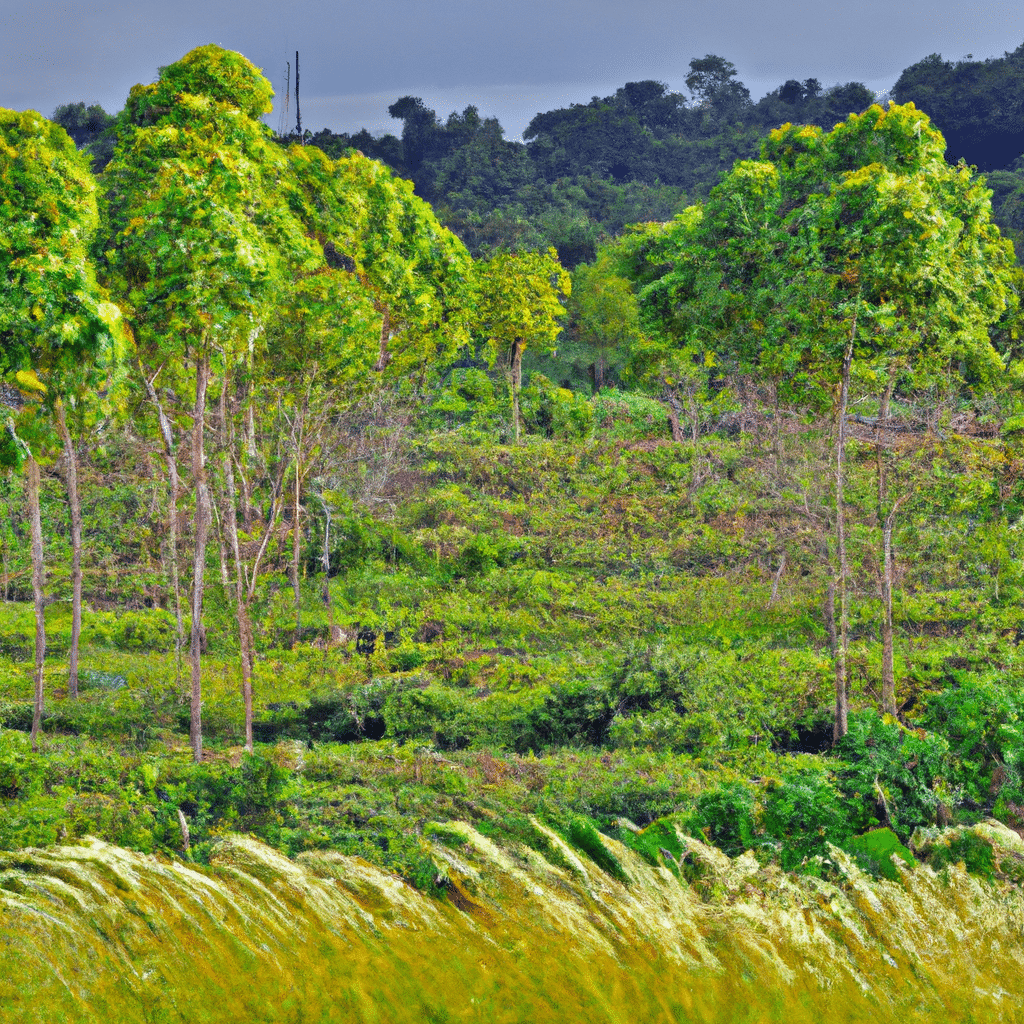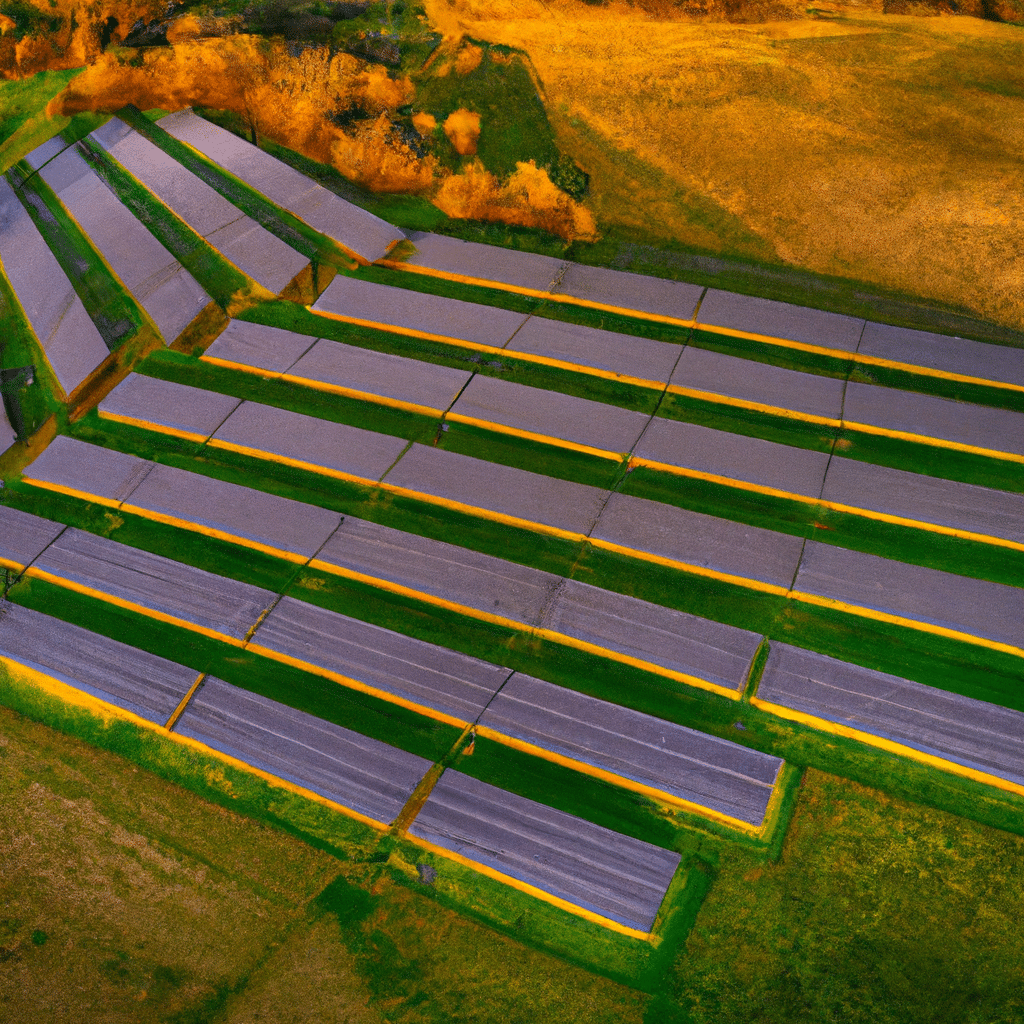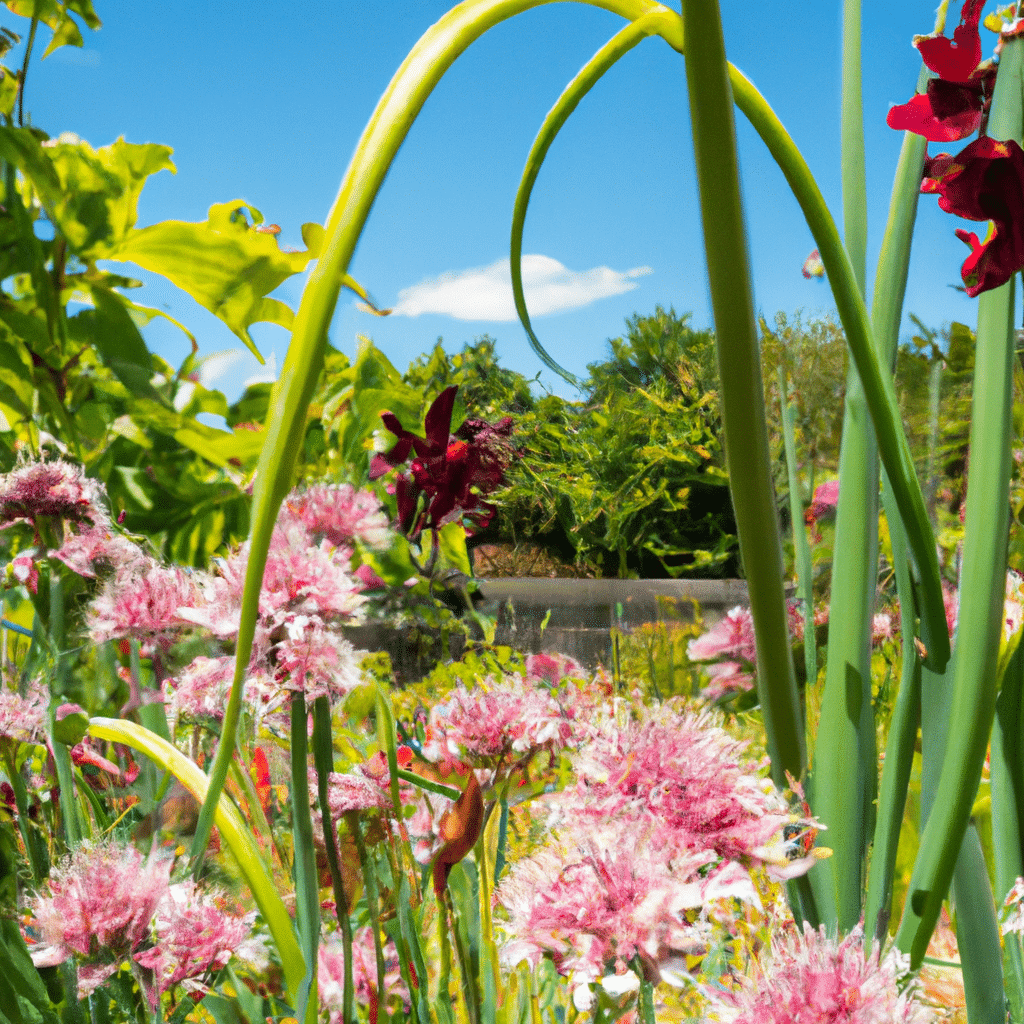In this article, we will explore the innovative solution of vertical farming and how it is revolutionizing urban agriculture. We will delve into the benefits, challenges, and future prospects of this sustainable farming practice. Join us as we break new ground in addressing the global problem of limited arable land.
The Rise of Vertical Farming
Vertical farming has emerged as a cutting-edge solution to the growing concern over limited arable land in urban areas. This innovative agricultural practice involves the cultivation of crops in vertically stacked layers, utilizing indoor environments such as high-rise buildings, warehouses, or shipping containers. By utilizing advanced technologies like hydroponics, aeroponics, and artificial lighting, vertical farms are able to optimize space and maximize crop yields.
Maximizing Productivity in Limited Spaces
One of the primary advantages of vertical farming is its ability to overcome the limitations of traditional farming methods in urban environments. With the world’s population rapidly increasing and urbanization on the rise, the availability of arable land is becoming scarce. Vertical farming offers a viable solution by utilizing vertical space rather than sprawling horizontally.
By stacking crops vertically, farmers can cultivate a significantly larger number of plants within a smaller footprint. This increased density allows for higher productivity and more efficient land use. Vertical farms can produce crops year-round, unaffected by seasonal limitations, enabling a consistent and reliable food supply.
Resource Efficiency and Sustainability
Vertical farming also addresses the issue of resource scarcity and environmental impact. The controlled indoor environment allows for precise control over factors such as temperature, humidity, and nutrient levels. This precision minimizes water usage, reduces the need for pesticides, and eliminates the risk of crop diseases commonly associated with traditional farming methods.
Furthermore, vertical farms can be designed to incorporate sustainable practices such as rainwater harvesting, renewable energy sources, and even recycling organic waste into nutrient-rich compost. These initiatives contribute to a more sustainable and environmentally friendly approach to food production.
Challenges and Solutions in Vertical Farming
While vertical farming holds immense potential, it is not without its challenges. Some of the key considerations in implementing this farming practice include initial investment costs, energy consumption, and technological advancements. However, these challenges are gradually being addressed through research, innovation, and scaling of operations.
Overcoming Initial Investment Costs
The initial investment required to set up a vertical farm can be significant. The costs associated with acquiring suitable infrastructure, advanced technology, and operational expenses can pose a barrier to entry for some farmers. However, as the technology continues to evolve and demand for locally grown produce increases, economies of scale are driving down costs. Additionally, governments and private investors are recognizing the value of vertical farming and providing financial support to promote its adoption.
Energy Consumption and Efficiency
Vertical farms rely heavily on artificial lighting to provide the necessary light spectrum for optimal plant growth. This reliance on electricity can result in high energy consumption. However, advancements in LED lighting technology have significantly improved energy efficiency, reducing power consumption while maintaining crop productivity. Integration of renewable energy sources, such as solar panels and wind turbines, further enhances the sustainability of vertical farming operations.
Technological Advancements and Automation
The success of vertical farming depends on continuous technological advancements and automation. As the industry evolves, innovations in data analytics, robotics, and monitoring systems are streamlining operations, increasing efficiency, and reducing labor costs. From automated seeding and harvesting to real-time crop monitoring and optimization, these technological advancements are revolutionizing the way crops are grown and managed.
The Future of Vertical Farming
The future of vertical farming looks promising, with its potential to address the challenges of limited arable land and environmental sustainability. As the world population continues to grow, urban areas will face increasing pressure to produce food locally. Vertical farming offers a scalable solution that can be implemented in various urban settings, providing fresh, nutritious produce year-round.
Integration with Smart Cities
Vertical farming aligns perfectly with the concept of smart cities, where technology is used to improve the quality of life for urban dwellers. By integrating vertical farms into urban infrastructure, cities can ensure a sustainable and resilient food supply chain while reducing food miles and carbon emissions. This integration creates opportunities for urban residents to actively participate in food production and fosters a sense of community and self-sufficiency.
Building a Resilient Food System
Vertical farming has the potential to enhance food security by reducing dependence on external sources and mitigating the risks associated with factors like climate change, transportation disruptions, and natural disasters. By establishing localized food production hubs, cities can build a more resilient food system that is less vulnerable to external shocks. This decentralized approach also allows for the cultivation of a diverse range of crops, promoting biodiversity and preserving traditional agricultural practices.
Conclusion
Vertical farming is undoubtedly breaking new ground in the realm of urban agriculture. Its ability to maximize productivity in limited spaces, conserve resources, and reduce environmental impact make it a compelling solution to the problem of limited arable land. Challenges such as initial investment costs, energy consumption, and technological advancements are gradually being overcome through research and innovation. As we look to the future, the integration of vertical farming into smart cities offers a pathway to building resilient and sustainable food systems. By embracing this innovative approach, we can ensure a thriving future for both urban dwellers and the planet.
